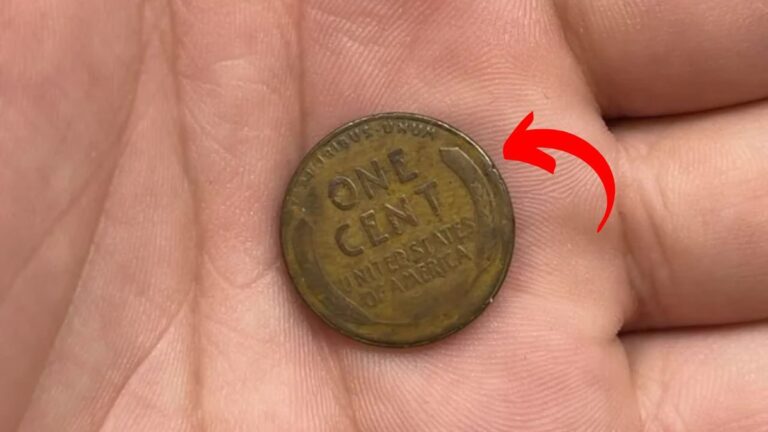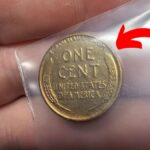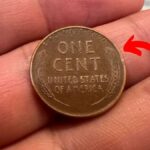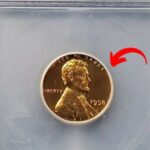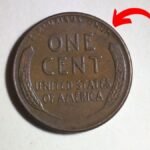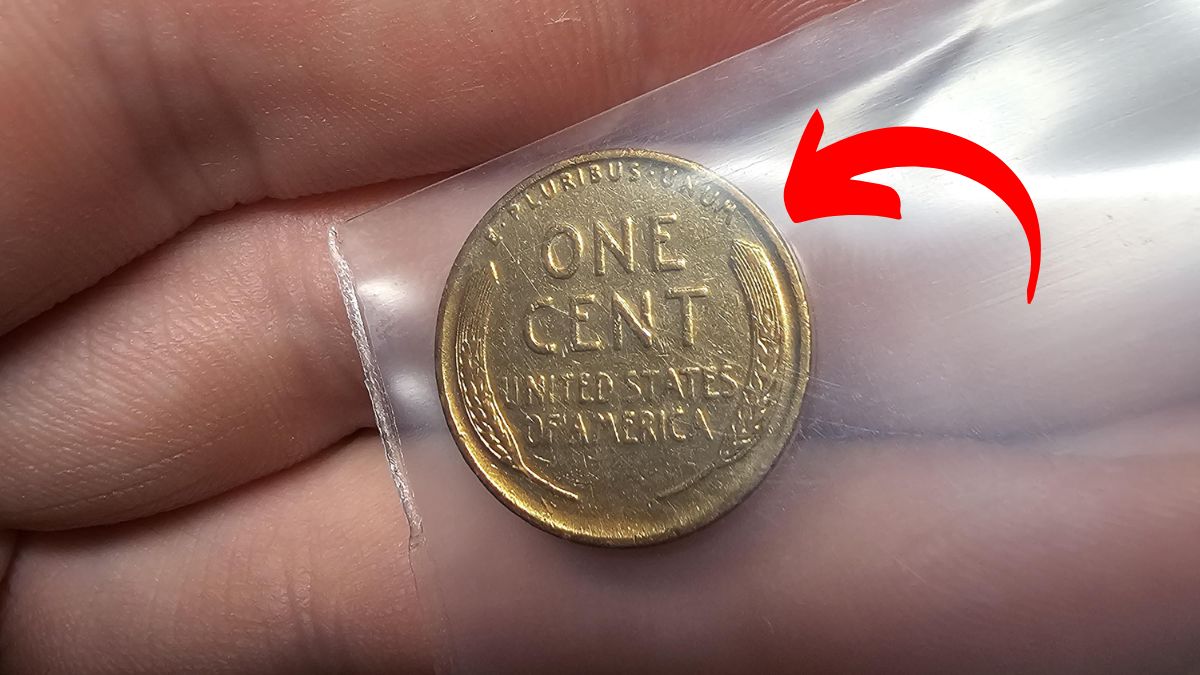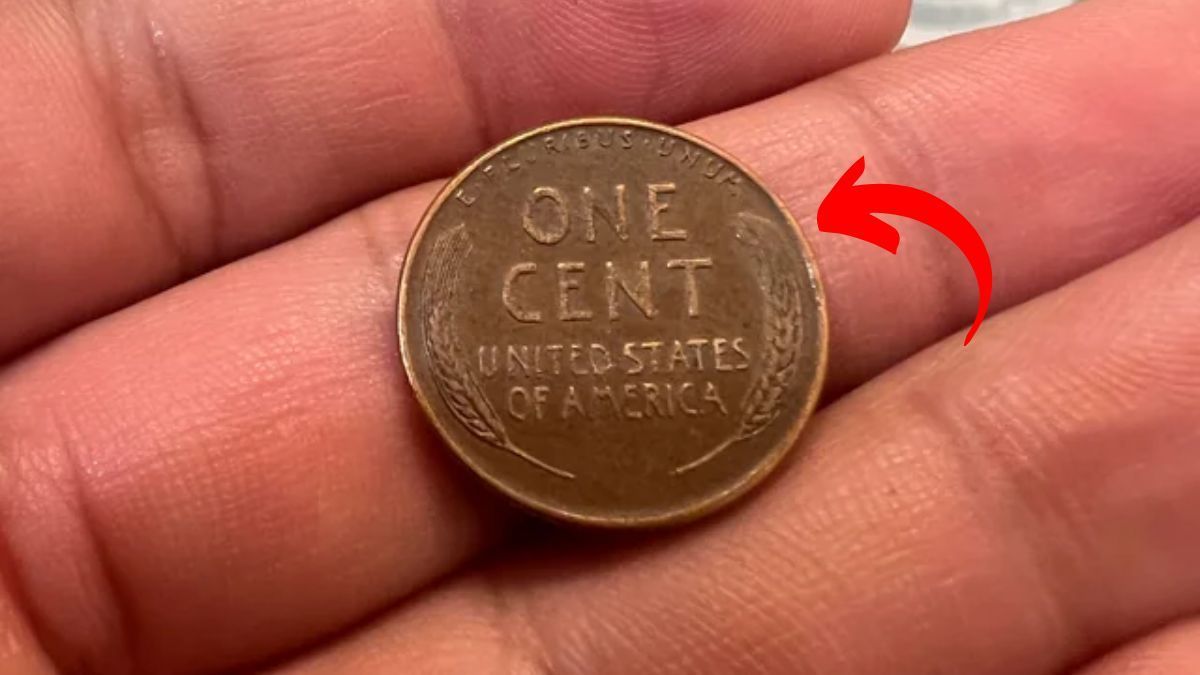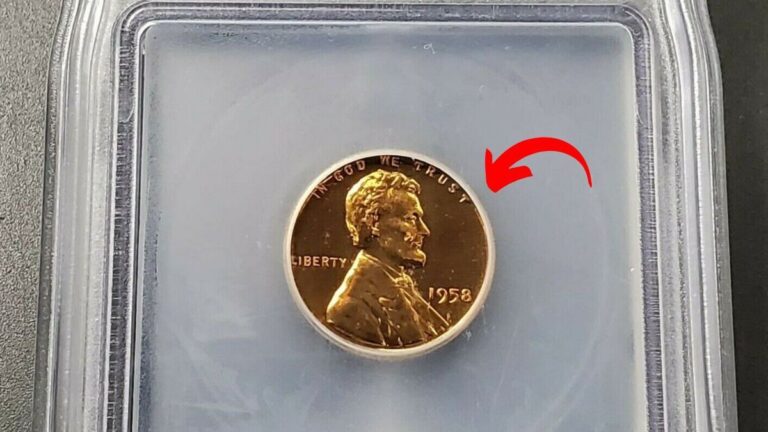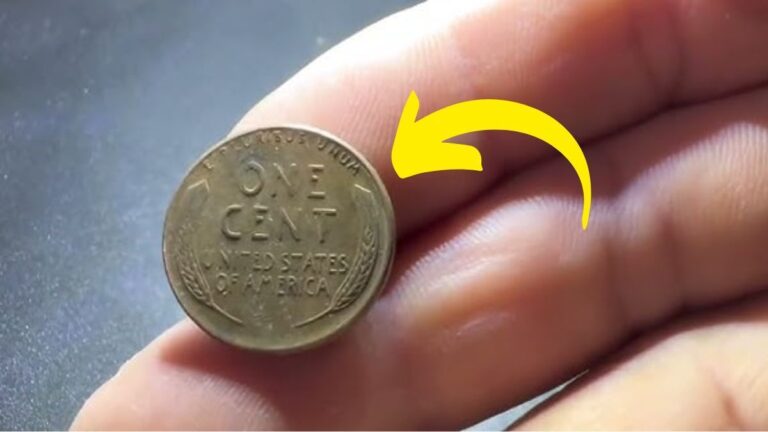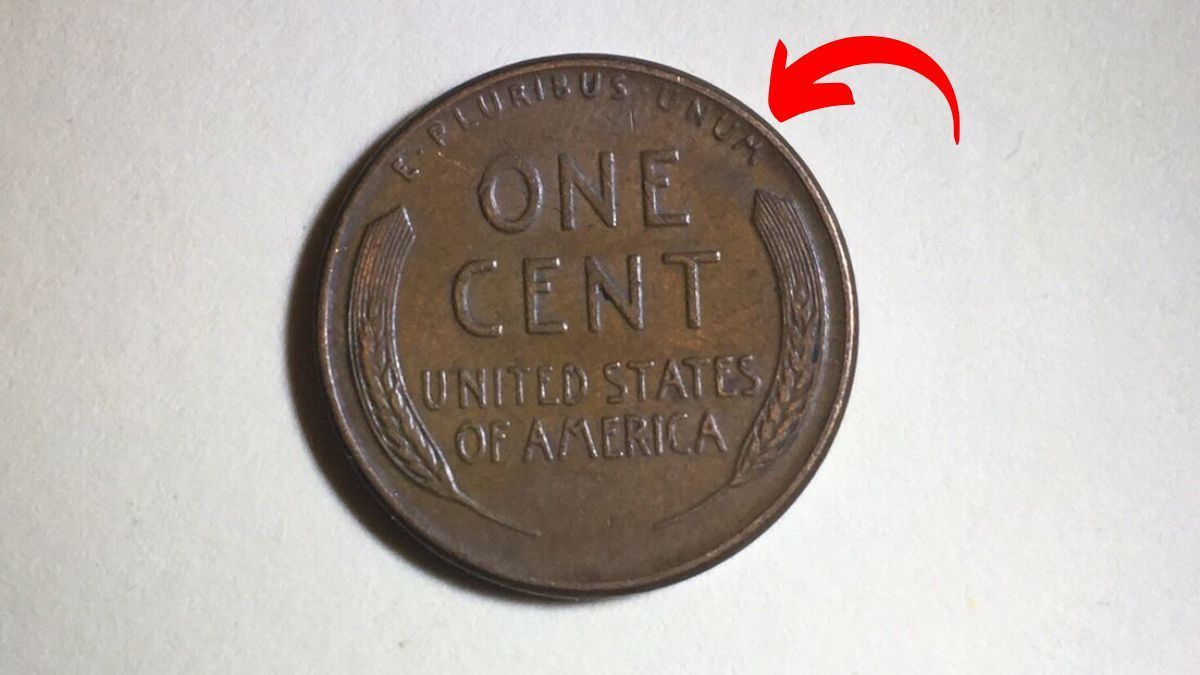Lincoln Wheat Penny Valued at $1.8 Million: Most of us barely glance at pennies these days. They accumulate in jars, get lost between sofa cushions, or remain forgotten in car cup holders. Many people even leave them behind at cash registers, considering them too insignificant to bother with. However, this everyday coin that we so casually dismiss might actually be worth a small fortune. Among the billions of Lincoln Wheat Pennies produced between 1909 and 1958, a few extraordinarily rare specimens have sold for staggering amounts. While the headlines claiming “$1.8 million” for a single penny are somewhat exaggerated, the actual verified sales still reach astonishing sums that could change a person’s life. This possibility has turned the humble penny into an object of fascination for collectors and treasure hunters alike.
The Revolutionary Lincoln Wheat Penny Design
The Lincoln Wheat Penny holds a special place in American numismatic history as a groundbreaking coin. When it debuted in 1909 to commemorate the centennial of Abraham Lincoln’s birth, it marked a significant departure from tradition. Prior to this coin, no circulating U.S. currency had ever featured an actual person – earlier designs showcased allegorical figures like Lady Liberty instead. Designed by sculptor Victor David Brenner, the penny displayed Lincoln’s dignified profile on the front side, while the reverse featured two wheat stalks elegantly framing the words “ONE CENT” and “UNITED STATES OF AMERICA.” This distinctive wheat design remained in production for nearly half a century before being replaced by the Lincoln Memorial design in 1959, making the Wheat Penny an enduring symbol of America’s agricultural heritage.
The Wartime Error That Created a Numismatic Legend
The extraordinary value of certain Lincoln Wheat Pennies stems from an accidental error during World War II. As the war intensified, copper became a critical material needed for ammunition casings and electrical components for the military. To conserve this essential metal for the war effort, the U.S. Mint switched to producing pennies made from zinc-coated steel in 1943. However, in the transition process, a few copper planchets (blank coin discs) from 1942 were accidentally left in the presses. These copper blanks were inadvertently struck with the 1943 dies, creating a small number of copper pennies that were never supposed to exist. With fewer than 20 authenticated specimens known today, these accidental 1943 copper pennies have become some of the most sought-after coins in American numismatic history.
The Real Value
While headlines and clickbait articles often claim values like “$1.8 million” for these rare pennies, it’s important to understand the actual market reality. No 1943 copper penny has ever sold for quite that much, but the verified prices are still remarkable. The highest documented sale occurred in 2010 when a pristine specimen sold for $1.7 million to a private collector. Other examples in various conditions have sold for amounts ranging from $204,000 to $336,000 at public auctions. The rarest variation, the 1943-D copper penny (minted at the Denver facility), exists as only a single known specimen and is valued at over $1 million. While you might not become an instant millionaire from finding one of these pennies, a six-figure windfall remains entirely possible if you discover an authentic example.
How to Identify a Potentially Valuable Wheat Penny
If you’re wondering whether any of your pennies might be worth a fortune, there are several key features to examine. First, check for the distinctive wheat stalks design on the reverse side, which confirms it’s a Lincoln Wheat Penny minted between 1909 and 1958. Pay special attention to the date – 1943 is the most valuable year for copper pennies, though other years like 1909-S VDB, 1914-D, and 1922 Plain also command high prices. For 1943 pennies specifically, examine the color closely; a genuine copper specimen will have a distinctive bronze or reddish-brown hue rather than the silvery appearance of the standard steel version from that year. A simple magnet test can be revealing – steel pennies will stick to a magnet, while copper ones will not show any magnetic attraction.
Condition and Rarity
Two main factors determine the ultimate value of any rare coin: its rarity and its condition. The 1943 copper penny derives much of its value from its extreme rarity, with fewer than 20 examples known to exist worldwide. However, condition also plays a crucial role in determining a coin’s worth. Numismatists grade coins on a scale from 1 (Poor) to 70 (Perfect Mint State), and the difference in value between grades can be enormous. A rare 1943 copper penny in poor condition might sell for “only” a few thousand dollars, while the same coin in near-mint condition could fetch hundreds of thousands or even over a million dollars. This is why proper handling and storage of potentially valuable coins is so important – even minor damage can significantly reduce their value.
Remarkable Discoveries in Unexpected Places
What makes the story of the 1943 copper penny so compelling is that several examples have been discovered in the most ordinary circumstances. One famous specimen was found by a high school student in his cafeteria change in 1947. Another was discovered decades later in a roll of pennies obtained from a bank. A third turned up in an inherited coin collection that had sat untouched for years. These surprise discoveries fuel the imagination and keep people searching through their loose change and old coin jars with the hope of striking it rich. The possibility that additional undiscovered specimens might still be out there, possibly even in circulation, adds an element of excitement to an otherwise mundane penny.
The Historical Significance Beyond Monetary Value
Beyond their monetary worth, these rare pennies tell a fascinating story about America during a pivotal time in world history. The 1943 copper penny exists as a tangible artifact of America’s full mobilization during World War II, when even the composition of everyday currency was altered to support the war effort. It represents a period when the entire nation made sacrifices and adjustments for a common cause. Each of these coins has passed through countless hands during some of the most significant events of the 20th century – the Great Depression, World War II, and the postwar boom. This historical context adds another dimension of value and interest to these coins beyond their rarity or collector appeal.
The Problem of Counterfeits and Alterations
With such high values attached to authentic specimens, it’s unsurprising that counterfeiters have targeted the 1943 copper penny market. Common deceptions include copper-plating genuine 1943 steel cents or altering the dates on 1945 or 1948 pennies to make them appear to be from 1943. Because of these widespread counterfeiting attempts, professional authentication is absolutely essential before making any purchase or celebrating a potential discovery. Reputable grading services like Professional Coin Grading Service (PCGS) or Numismatic Guaranty Corporation (NGC) use specialized equipment and expert knowledge to verify authenticity. These services examine the metallurgical composition, weight, and other characteristics to distinguish genuine specimens from fakes.
Why People Continue the Search
Despite the long odds, people continue to search for these rare pennies because of both the potential financial reward and the thrill of the hunt. The possibility that you might find an extraordinarily valuable coin in your everyday change adds an element of treasure hunting to ordinary transactions. Even if you never discover that elusive 1943 copper penny, the search itself can lead to a greater appreciation for the artistry, history, and variety of American coinage. Many serious coin collectors began their hobby after learning about valuable coins like the 1943 copper penny and starting to examine their change more carefully. Whether motivated by profit or passion, the search for these rare coins continues to captivate the imagination.
Disclaimer
This article is provided for informational purposes only. While efforts have been made to ensure accuracy, coin values fluctuate based on market conditions, collector interest, and the condition of individual specimens. The values mentioned represent historical auction results and should not be considered guaranteed for any similar finds. Readers should be aware that counterfeit and altered coins exist in the marketplace. Any potentially valuable coin should be professionally authenticated by a reputable grading service before purchasing or making claims about its value. The author and publisher make no guarantees regarding the discovery of valuable coins and recommend due diligence in researching and authenticating any potentially valuable numismatic items. Remember that improper cleaning or handling of coins can dramatically reduce their collector value.
